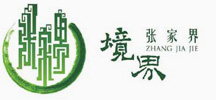Dong Ethnic Drama
2016-12-20 16:49:30 Zhangjiajie Tourism Information Website
Dong ethnic drama, one of the drama types of the Dong nationality, is popular in Congjiang county, Liping county and Rongjiang county of Guizhou Province, as well as the Dong-populated area of Guangxi and Hunan provinces.
Under the reign of Emperor Jiaqing and Daoguang in the Qing dynasty (1796-1850), the talking and singing (rap-form) music of "Ga Kam" (in Dong language, it refers to the narrative song) combined with "Bai Gu" (in Dong language, it means story telling) to form Dong ethnic drama.
In 1870, it spread from Guizhou province and along Duliu River to Guangxi province. Initially, there were only two persons sit singing, but later on it changed into walk-singing.
There are distinguished features in the early Dong ethnic drama performances. When the drama character sings the last word in the front of the stage, he will pass the door in a flat 8-shaped way and back to the center of the stage where his drama teacher is sitting with his face toward the back of the stage. After listening to the suggestive lyrics, the character then returns to the front stage and sing. Clown is more active on stage with a unique pattern. No matter they show up at the stage from the left or right side, they have to jump to the center of the stage, and that’s why they are also nicknamed "Jump clown".
The main tunes of Dong ethnic drama are flat tune and mourning tune. In addition, in some plays, “Hua Dan” (female lead) or "Chou" (clown) also sing Dong folk songs and Han folk tunes. The main musical instrument is Erhu (a Chinese two-stringed bowed instrument)
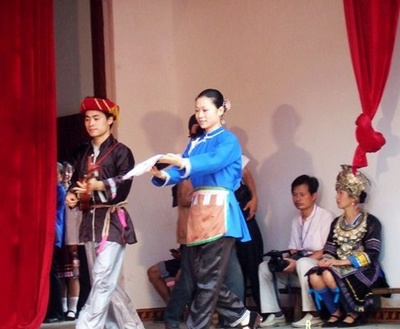
-
Zhangjiajie package service for family self-help tourism5D 4N $0.00¥0.00
-
3N4D Zhangjiajie mountaintop staying for highlight sunrise tour4D 3N $241.74¥1580.00
-
4D3N Family tour to ZJJ avatar park-Grand cayon-Glass bridge-Tianmenshan4D 3N $302.94¥1980.00
-
3N4D Group tour for Zhangjiajie rock climbing tour in avatar park4D 3N $0.00¥0.00
more FAQ
- 1About Full introduction for Zhangjiajie Glass Plank Road
- 2What is Zhangjiajie's sister World Geopark?
- 3Top 5 places for Zhangjiajie winter tour
- 4Zhangjiajie top 5 hiking places
- 5Zhangjiajie's best places for sunrise & sunset tour
- 6Do you know about Zhangjiajie cultural heritage?
- 7Zhangjiajie travel entrance fee,cableway,elevator,sightseeing train cost
- 8Hunan Province Weather Profile



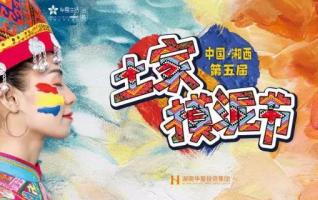
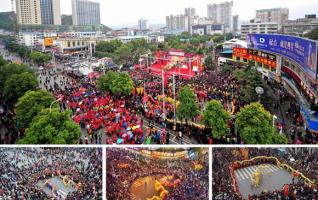
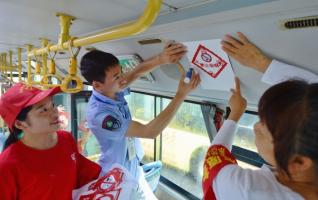
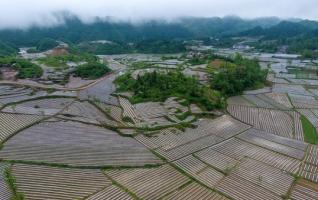

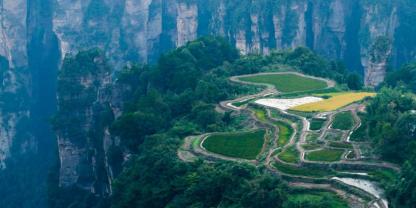
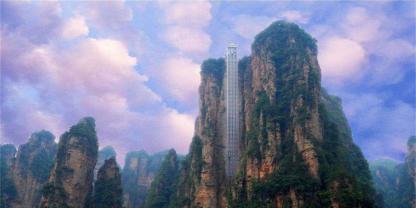

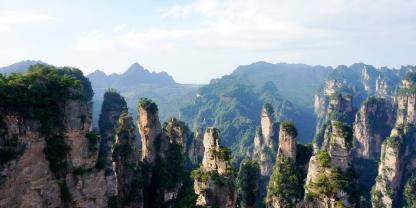
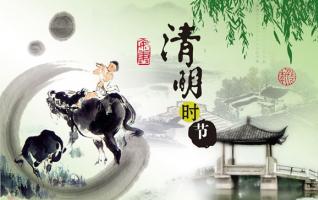
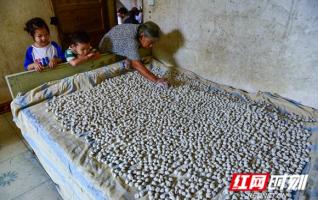
![Top food recommendation for Hunan tourism[Photo Gallery]](http://www.zjjbk.com/uploadfile/2017/0521/thumb_318_200_20170521042544645.jpg)
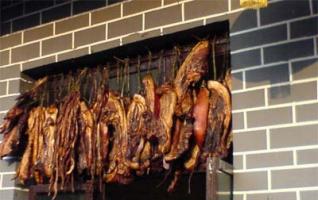
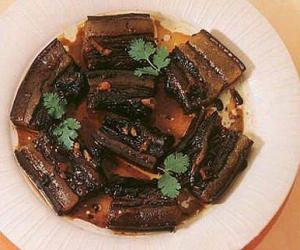
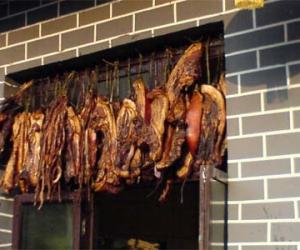
![Zhangjiajie old method of producing vegetable oil[Photo-step process]](http://www.zjjbk.com/uploadfile/2016/1220/thumb_318_200_20161220044619231.jpg)
